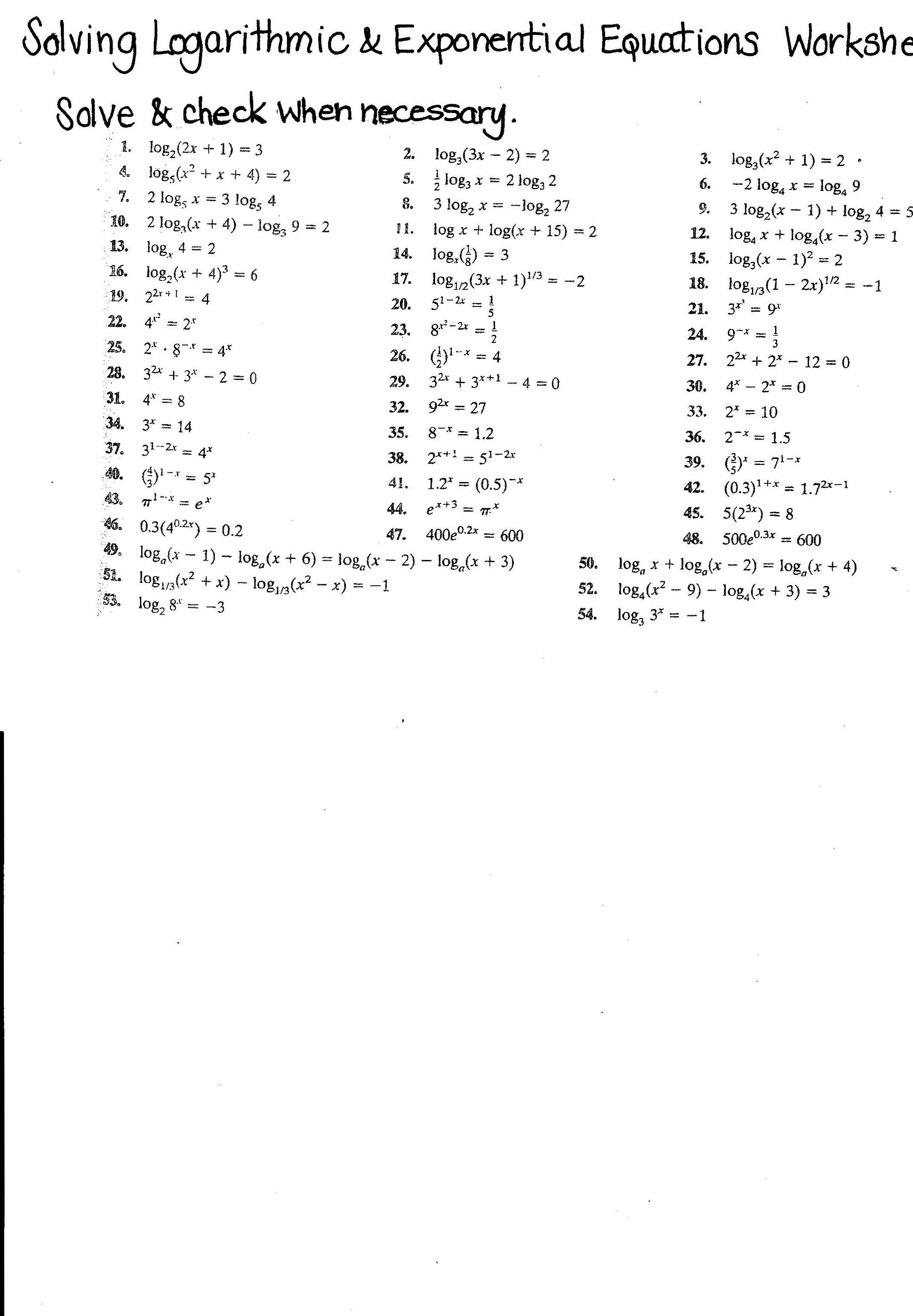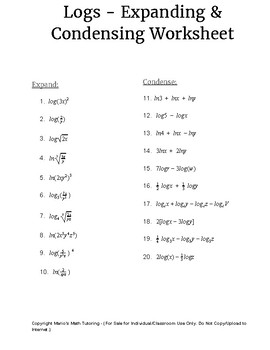
Get learners to discuss this briefly in small groups and draw a table on the board to summarise learners' ideas. What happens to pressure when we change its volume and temperature?Ĭan you remember learning that matter can exist in three different states? What are the three states called?.Is the pressure a gas exerts related to the number of gas particles? If so, how?.How can the particle model of matter help us to understand expansion and contraction?.Why does oil float on water? Is this related to density?.Which aspects of the particles in a given material influence the density of that material?.How do the densities of solids, liquids and gases compare?.How are density, mass and volume related to each other?.How does the particle model of matter help us to understand changes of state in materials, such as melting, evaporation, condensation and freezing?.How can materials be made to change their state?.How does the particle model of matter help us understand the process of diffusion?.How does the particle model of matter describe solids, liquids and gases?.Hypothesising, identifying variables, planning investigation, doing investigation, observing, recording information, interpreting informationĭemonstrating densities, comparing, observing, drawing, comparingĢ.7 Expansion and contraction of materials (2 hours)ĭrawing graphs, interpreting information, predicting, demonstratingįollowing instructions, observing, interpreting information Investigation: Comparing the densities of sand, flour, water and air Predicting, hypothesising, planning investigation, drawing and labelling, observing, recording, analysing informationĭoing investigation, observing, comparing, communicating and group discussionĢ.5 Density and states of matter (1 hour)Īctivity: Which has the highest density: a solid, a liquid or a gas?Ģ.6 Density of different materials (3 hours) Investigation: What happens when we heat and then cool candle wax? Hypothesising, observing, identifying variables, recording information, comparing, interpreting informationĬrossword puzzle, reading and writing, sorting and classifying Investigation: Comparing the diffusion of particles in a gas and in a liquid 10-12.Ģ.1: What is the particle model of matter? (1 hour)Īccessing and recalling information, revisingĪctivity: Comparing solids, liquids and gasesĪccessing and recalling information, comparing The particle model of matter will be a strong theme throughout the rest of the Physical Sciences curriculum, especially if learners continue through to Gr. Important links are made to new concepts such as diffusion, changes of state, density, expansion, contraction and gas pressure. In this chapter these ideas are further expanded, using the particle model of matter.


The behaviour of particles in each of the three different states of matter was used to explain the macroscopic properties of each state. This was the first introduction to the concept of matter particles. These were grouped together and the generic term 'particle' was used to refer to these fundamental building blocks of matter. 6, no distinction was made between atoms and molecules.


This chapter builds on the introduction to the arrangement of particles in materials that was covered in the chapter 'Solids, Liquids and Gases' of the Gr.


 0 kommentar(er)
0 kommentar(er)
